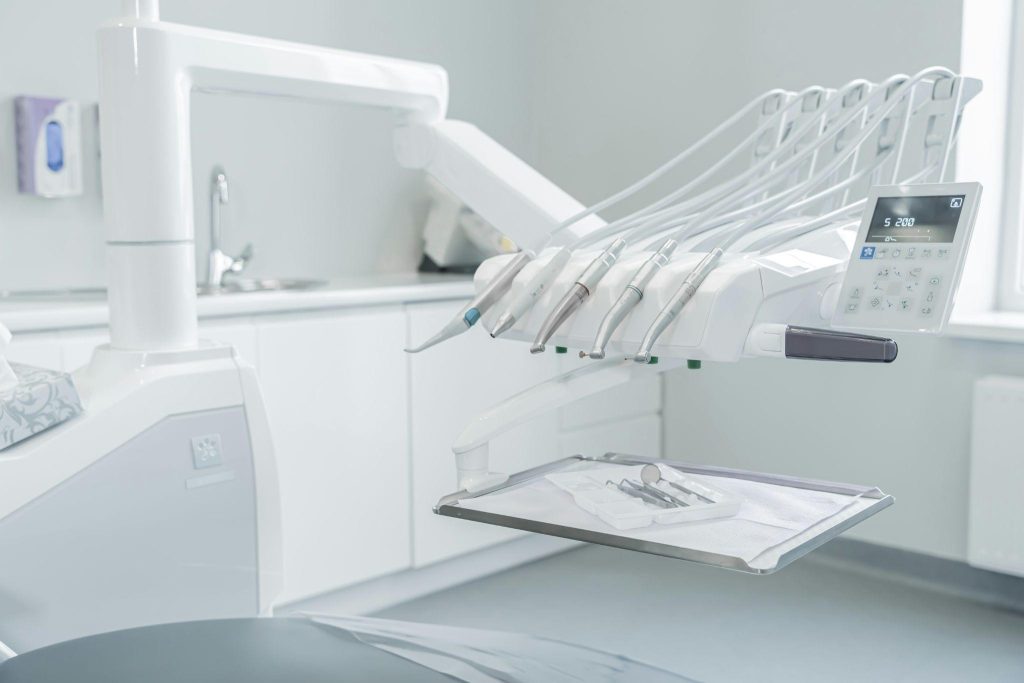In healthcare, access is everything. For rural communities, specialty services like radiology are often limited by geographic barriers, staffing shortages, and outdated infrastructure. As a result, smaller hospitals and clinics can struggle to deliver the same level of diagnostic accuracy and speed as their urban counterparts.

This disparity has serious consequences. Without consistent access to radiologists, providers may face delays in diagnosis, be forced to refer patients elsewhere, or operate with incomplete data. Financial limitations and recruitment difficulties only heighten the challenge.
Recognizing this need, The Radiology Group Atlanta has centered its mission on bridging the gap. Their solution? A commitment to long-term, trust-based partnerships with rural hospitals that prioritize people as much as technology.
Understanding the Rural Hospital Landscape
Rural hospitals operate under intense pressure. They must care for wide-ranging populations with smaller staff and fewer resources. In these tight-knit communities, relationships carry weight. Hospitals don’t just want a service—they need a true partner.
Staffing full-time radiologists or offering subspecialty coverage on-site is often unrealistic. This is where remote partnerships become essential. Yet, many large radiology providers focus on high-volume urban accounts, leaving smaller hospitals underserved.
Rather than chasing volume, this Atlanta-based group has chosen to exclusively serve rural facilities. Their systems, culture, and team dynamics are designed with rural hospitals in mind, making them a uniquely aligned partner in care.
A Personalized, Not Standardized, Approach
What sets The Radiology Group Atlanta apart is its tailored approach. Every hospital they serve has its own workflows, technologies, and communication styles. Instead of forcing a standard model, they adapt to each hospital’s needs. This includes:
- Seamless integration with existing IT systems
- Customized turnaround times based on clinical urgency
- Subspecialty reads, including breast, musculoskeletal, and neuro-radiology
- Communication through preferred channels, from phone to secure EMR messaging
This approach ensures radiology enhances care delivery instead of hindering it.
Building Relationships That Matter
While the services may be digital, the connections are personal. On-site visits are a key part of this group’s relationship strategy. They don’t just provide interpretations—they build bonds with hospital administrators, technologists, and providers.
These real-world relationships foster trust, promote collaboration, and reduce the friction that can come with remote work. Especially in environments where staff turnover and funding fluctuations are common, having a consistent radiology partner provides much-needed stability.
Clinical Excellence at the Core
Fast, accurate, and detailed reads are essential for timely care. The radiologists in this group are board-certified and experienced in the high-pressure, diverse cases that rural hospitals encounter.
By working exclusively in these environments, they gain a deep understanding of clinical priorities—from emergency stroke reads to trauma scan subtleties. Their model emphasizes consistency, assigning dedicated teams



Comments